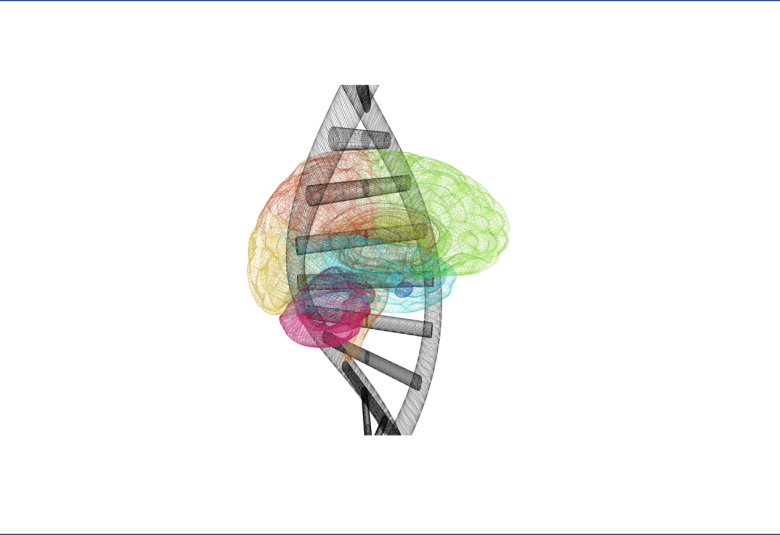What were the most interesting concepts raised during the symposium?
The primary concept I really took was that bipolar disorder is being seen more as a spectrum, instead of an all-or-none concept. As Dr Ian Hickie explained, basically all those risk factors are there. What has been difficult is determining when those risk factors become a clinical entity which requires intervention. Take, for instance, agitation, irritability, anxiety; we all have them, so the question is, when does it become too much? When does it become difficult?
I think that’s been the problem with diagnosis so far; we’ve been looking for an entity that doesn’t actually really exist but is more a spectrum flowing from one condition into another. Now we’re not looking for people with bipolar disorder per se, we’re looking for people at risk for bipolar disorder; we can catch it early.
How do you see the new MINI diagnostic tool module being incorporated into your daily practice?
I was particularly impressed with the MINI because Dr Young was explaining that the previous models were fixed. So you just put some people in a box as depressive, some people in a box as manic and then some people in a box as mixed. The truth is that they all flow into each other. It’s better to think of it this way, assume people are just manic-depressive but then, if you identify indicators like irritability, agitation, anxiety you now have the MINI questionnaire to help confirm whether a person with bipolar I disorder fits into a mixed state… there’s still going to be lots of individualisation, there’s still going to be doctor-patient assessment and essentially this guideline just helps to remind people that the mixed state exists and we should pay a bit more attention to it.
Our correspondent’s highlights from the symposium are meant as a fair representation of the scientific content presented. The views and opinions expressed on this page do not necessarily reflect those of Lundbeck.




